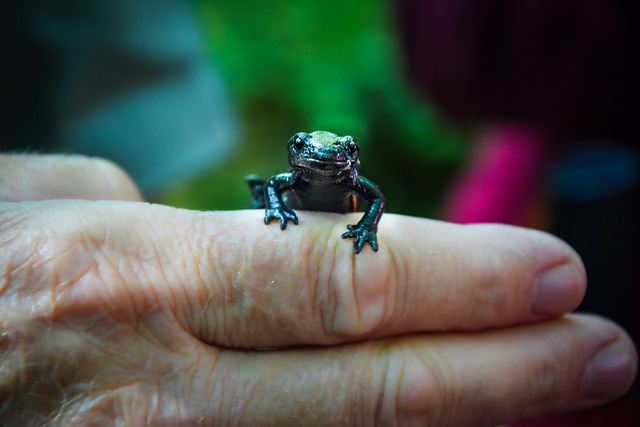Smooth newts are a common sight in the UK, but just how common are they? In this blog post, we will explore the distribution and population of smooth newts in the UK. We will also discuss their conservation status and what is being done to protect these creatures.
Introduction
The smooth newt is a common sight in the UK and is often seen in gardens and ponds. These amphibians are brown or dark green in color, with a distinctive orange belly.
Although they are called newts, they actually spend most of their lives on land, only returning to the water to breed. Smooth newts are nocturnal creatures, and can often be seen hunting for food at night.
Their diet consists of small insects, slugs, and worms. Smooth newts play an important role in the ecosystem and help to control populations of pests.
However, these amphibians are under threat from habitat loss and pollution. It is important to protect smooth newts and their habitats so that these creatures can continue to play a vital role in the UK’s ecosystems.
Smooth newts distribution and population
Smooth newts are found throughout much of Europe and Asia. In Europe, they are particularly common in the UK and Ireland. In Asia, they can be found in China, Japan, and Korea.
The smooth newt is a semi-aquatic species, meaning that it spends part of its life in water and part of its life on land. On land, smooth newts live in damp habitats such as woods, hedges, and gardens. In water, they can be found in ponds, lakes, and slow-flowing streams.
Smooth newts are most active at night when they hunt for insects, spiders, and other small prey.
Mating
During the day, they hide under logs or rocks. Smooth newts mate in the springtime. After mating, the female lays her eggs in a suitable body of water.
The eggs hatch after about two weeks and the young newts spend the next few months growing and developing before they emerge onto land.
Populations of smooth newts appear to be stable at present. However, like all amphibians, they are sensitive to changes in their environment. As a result, they may be at risk if their habitat is disturbed or polluted.
Smooth newts conservation status
While they are not currently endangered, their populations have been declining in recent years due to habitat loss and pollution.
As a result, conservation efforts are underway in many countries to protect these unique creatures.
In the UK, for example, smooth newts are protected by law and it is illegal to disturb their habitats. Conservationists are also working to create new ponds and wetlands where smooth newts can live and breed.
By raising awareness about the importance of these amphibians, it is hoped that their populations will begin to recover.
What is being done to protect smooth newts?
In recent years, their populations have declined due to a variety of factors, including habitat loss and pollution. As a result, the smooth newt is now classified as a “vulnerable” species by the International Union for Conservation of Nature (IUCN).
To help protect these animals, many countries have put laws in place that prohibit the collection or trade of smooth newts. In addition, conservation groups are working to restore habitats that have been lost or degraded. By raising awareness and taking action, it is hoped that we can ensure the survival of this fascinating creature.
Conclusion
The smooth newt is the most common newt found in the UK. They are also known as the common newt and can be found in a variety of habitats including ponds, ditches, and woodlands.
They are a protected species and it is illegal to kill them. Smooth newts have a dark brown or black back with an orange/red belly. They can grow up to 15cm long. The males have a crest on their back which they use to attract mates.
The females lay their eggs in water where they hatch into tadpoles. The tadpoles then transform into newts after around 12 weeks. You are most likely to see smooth newts between March and October when they are out of the water breeding. However, they can be seen all year round if you know where to look. So next time you’re out for a walk keep an eye out for these elusive creatures.




